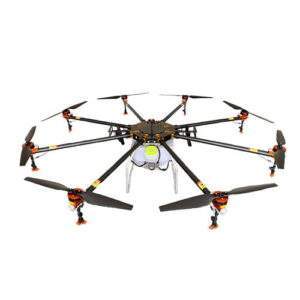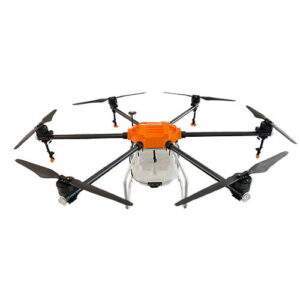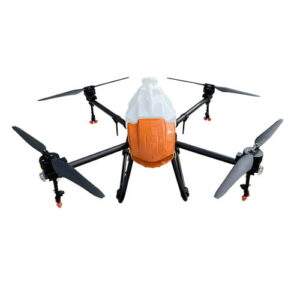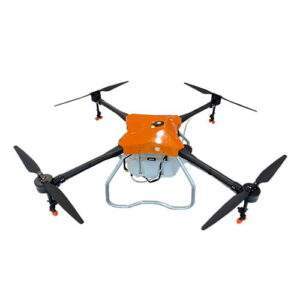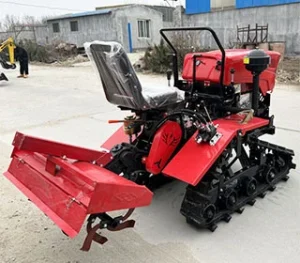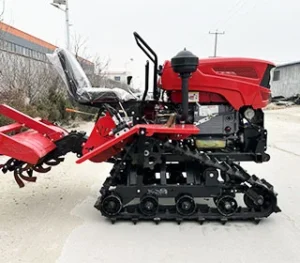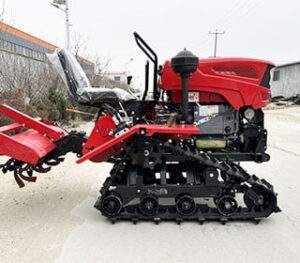How Agricultural Drones Are Transforming Agricultur
Introduction
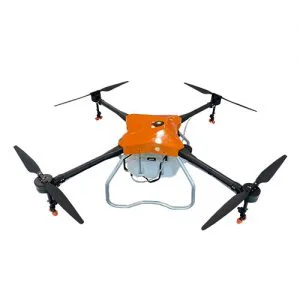
In recent years, agricultural drones have emerged as revolutionary tools in modern farming practices. These unmanned aerial vehicles (UAVs) are equipped with advanced sensors and imaging capabilities, enabling farmers to monitor crops, optimize field management, and increase overall productivity. This blog explores the transformative impact of agricultural drones on agriculture, highlighting their key benefits, applications, and future prospects.
The Evolution of Agricultural Drones
Agricultural drones have undergone significant evolution, spurred by advancements in technology and increasing demand for precision agriculture. Initially employed for basic aerial imaging, drones now integrate sophisticated sensors such as multispectral cameras, LiDAR (Light Detection and Ranging), and thermal sensors. These advancements enable drones to capture detailed data on crop health, soil conditions, and field topology with unprecedented accuracy and efficiency.
Benefits of Agricultural Drones
The utilization of agricultural drones offers numerous advantages to farmers, agricultural businesses, and researchers alike. One of the primary benefits is precision farming, where drones provide detailed insights into crop health and growth patterns. By analyzing data collected by drones, farmers can make informed decisions on irrigation schedules, fertilizer application rates, and pest management strategies. This precision not only optimizes resource use but also enhances crop yield and quality.
Moreover, agricultural drones facilitate early detection of crop diseases, nutrient deficiencies, and pest infestations through high-resolution imaging and thermal mapping. This early detection allows farmers to take timely corrective actions, thereby minimizing crop losses and reducing reliance on chemical treatments.
Applications Across Agricultural Sectors
Agricultural drones find applications across various sectors within agriculture, from large-scale commercial farms to smallholder operations. In precision agriculture, drones are used for field mapping, soil analysis, and yield estimation. They provide detailed crop health assessments by capturing multispectral images that reveal subtle variations in plant vitality.
In the livestock sector, drones aid in herd management by monitoring animal behavior and health. They can assess pasture conditions and identify potential hazards, improving grazing practices and overall animal welfare.
Furthermore, drones support environmental monitoring and conservation efforts by assessing land use patterns, detecting soil erosion, and monitoring water quality in agricultural landscapes. This data helps farmers and environmental agencies implement sustainable farming practices and comply with regulatory requirements.
Case Studies and Success Stories
To illustrate the effectiveness of agricultural drones, numerous case studies and success stories exist worldwide. For instance, in the vineyard industry, drones equipped with LiDAR sensors are used to create detailed 3D maps of vineyards, facilitating precise vine management and harvest planning. In rice paddies, drones equipped with thermal cameras help detect water stress in crops, optimizing irrigation practices and conserving water resources.
In developing countries, smallholder farmers benefit from drone technology by gaining access to affordable precision agriculture solutions. Drones enable these farmers to monitor crop health, predict yields, and improve food security through more efficient farming practices.
Challenges and Considerations
Despite their advantages, the widespread adoption of agricultural drones faces several challenges. Regulatory frameworks governing drone operations vary globally, posing obstacles to deployment in some regions. Moreover, the initial costs of purchasing drones and training personnel in drone operations can be prohibitive for small-scale farmers. Additionally, data management and cybersecurity concerns arise from the collection and storage of large volumes of sensitive agricultural data.
Addressing these challenges requires collaboration between regulatory bodies, technology developers, and agricultural stakeholders to establish clear guidelines, enhance affordability, and ensure data security in drone operations.
Future Trends and Innovations
Looking forward, the future of agricultural drones holds promise with ongoing technological innovations and emerging trends. One notable trend is the development of autonomous drone swarms equipped with artificial intelligence (AI) algorithms. These swarms can perform coordinated tasks such as planting, spraying, and monitoring crops autonomously, further improving efficiency and reducing labor costs in agriculture.
Advancements in AI and machine learning algorithms are enhancing the analytical capabilities of agricultural drones. Drones equipped with AI can process and analyze vast amounts of data in real-time, providing actionable insights for precision farming practices.
Furthermore, integration with other precision agriculture technologies such as satellite imagery and IoT (Internet of Things) sensors is expanding the scope of drone applications in agriculture. This integration enables comprehensive farm management systems that monitor and optimize agricultural activities across large and diverse landscapes.
Comparative Analysis of Agricultural Drones
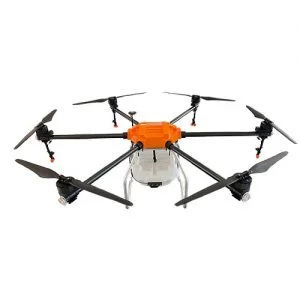
| Feature | Agricultural Drones |
|---|---|
| Imaging Technology | Multispectral cameras, LiDAR, thermal sensors |
| Navigation System | GPS, RTK |
| Applications | Crop monitoring, pest detection, yield estimation |
| Benefits | Precision farming, resource optimization, environmental impact |
| Challenges | Regulatory hurdles, initial costs, data management |
Conclusion
In conclusion, agricultural drones represent a transformative technology in modern agriculture, offering unprecedented capabilities for precision farming, environmental monitoring, and sustainable agriculture practices. As technology continues to evolve and adoption rates increase, drones are poised to become indispensable tools for farmers worldwide, contributing to food security, environmental sustainability, and economic development in rural communities.
FAQ
Q:What are agricultural drones?
A:Agricultural drones, or UAVs (Unmanned Aerial Vehicles), are aerial platforms equipped with sensors and imaging technologies used to monitor crops, assess field conditions, and optimize agricultural practices.
Q:How do agricultural drones work?
A:These drones operate by flying over fields and capturing high-resolution images using sensors such as multispectral cameras and thermal sensors. The data collected is then analyzed to provide insights into crop health, soil conditions, and other agricultural parameters.
Q:What are the benefits of using agricultural drones?
A:Some benefits include enhanced precision in farming practices, increased crop yield and quality, reduced resource use (water, fertilizers, pesticides), and early detection of crop diseases and pests.
Q:Are agricultural drones cost-effective?
A:While initial costs can be significant, agricultural drones can yield substantial long-term cost savings by optimizing input use and improving overall farm efficiency and productivity.

